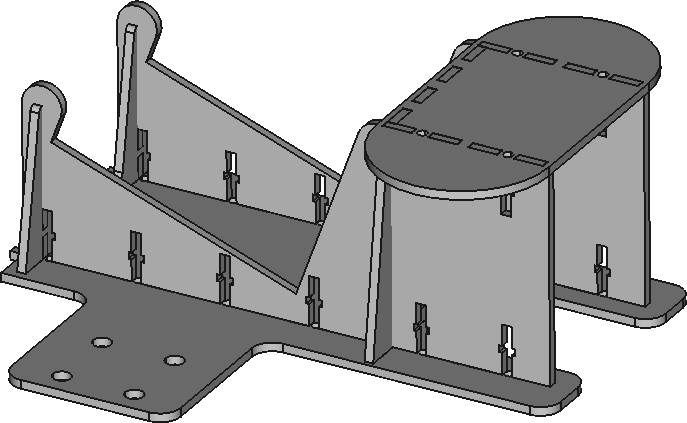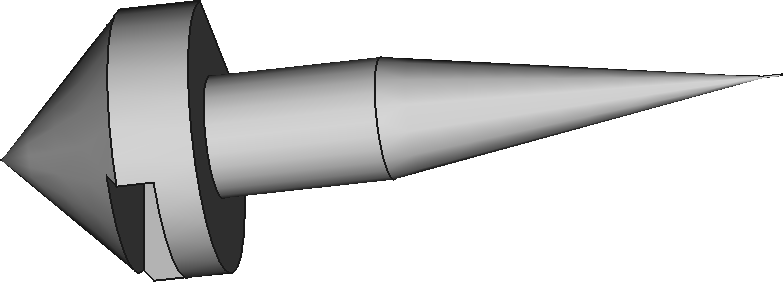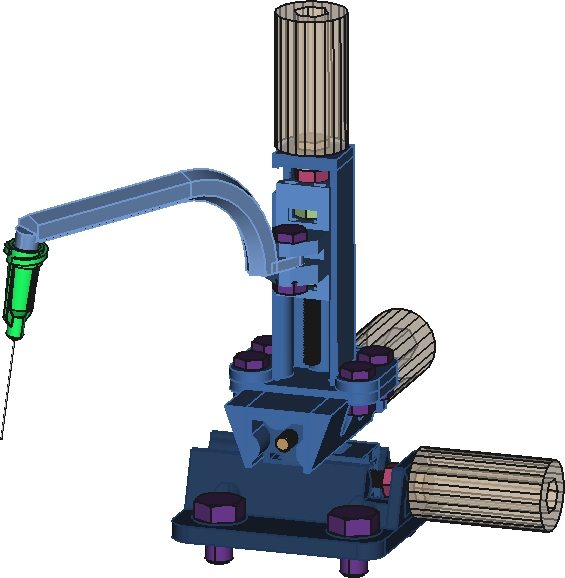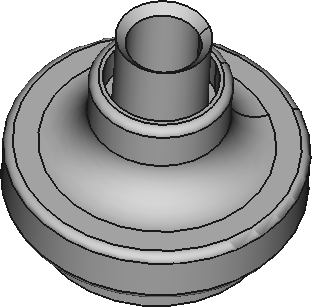Tethering
These components aid in the body fixation or head fixation of flies and possibly other insects. While the list below includes components that we use in the lab – for walking as well as flight studies – others have been developed exclusively for the “Inexpensive Treadmill.”
Tethering station
 In our manuscript about an Inexpensive Treadmill Setup, we introduce this tethering station. As well as having a mount point on our micromanipulator, the tethering station also incorporates a hand rest to help with the delicate procedure of attaching a fruit fly to a thin rod.
In our manuscript about an Inexpensive Treadmill Setup, we introduce this tethering station. As well as having a mount point on our micromanipulator, the tethering station also incorporates a hand rest to help with the delicate procedure of attaching a fruit fly to a thin rod.
Sarcophagus
 During tethering, cylindrical shapes are employed to keep the cold-anesthetized animal in place. The original design, which dates back to the 1960s, is very adaptable and made of brass. Our design of the 3D-printed Sarcophagus is a low-cost option that can be used for behavioral experiments. Both designs are available here.
During tethering, cylindrical shapes are employed to keep the cold-anesthetized animal in place. The original design, which dates back to the 1960s, is very adaptable and made of brass. Our design of the 3D-printed Sarcophagus is a low-cost option that can be used for behavioral experiments. Both designs are available here.
Tethers
 Different materials are used for tethering flies. Here we show some designs that can be 3D printed, link to commercially available solutions, and the adapters between these solutions.
Different materials are used for tethering flies. Here we show some designs that can be 3D printed, link to commercially available solutions, and the adapters between these solutions.
MicroManipulator
 Both the experimental setup and the tethering station make use of a three-axis linear stage. This device is used to place a body-fixed fly on a spherical treadmill, and to attach the tether to the fly’s thorax in the tethering station.
Both the experimental setup and the tethering station make use of a three-axis linear stage. This device is used to place a body-fixed fly on a spherical treadmill, and to attach the tether to the fly’s thorax in the tethering station.
Funnels
 Using funnels, flies can be moved between bottles, vials, and test tubes.
Using funnels, flies can be moved between bottles, vials, and test tubes.